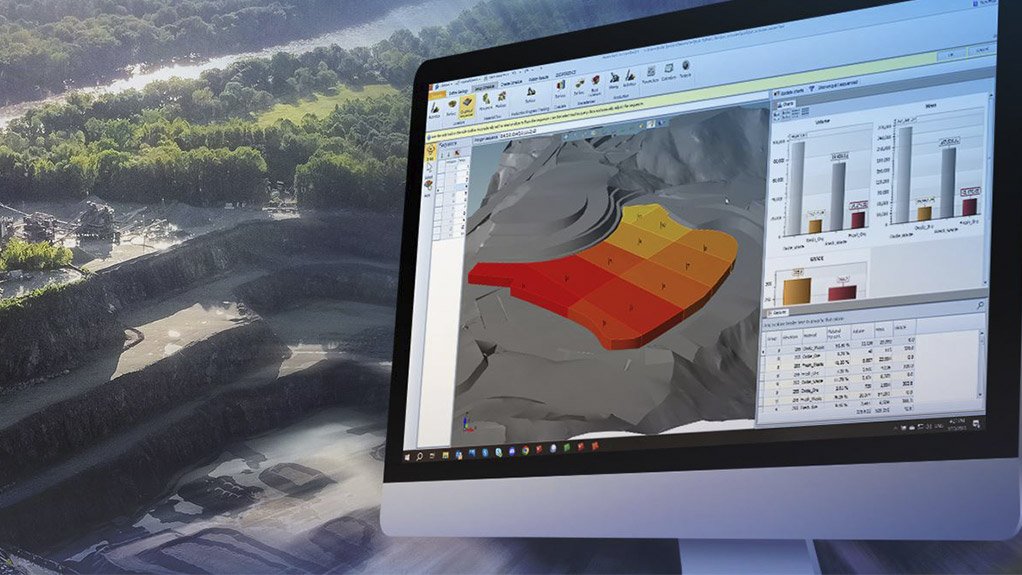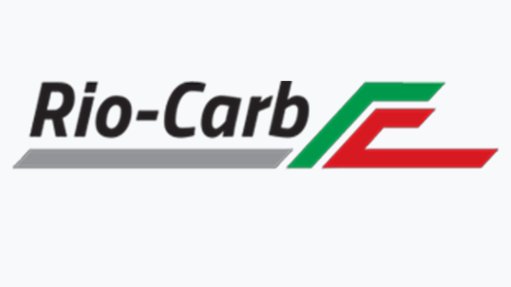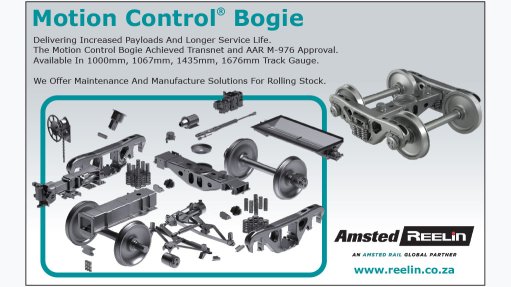What Role Does Mine Planning Software Play in Mining Projects?
In the vast and complex world of mining, where massive earth-moving operations and intricate logistics meet, precision and efficiency are not just desired—they're essential. As the mining industry evolves, the tools and technologies that support it also advance. One of the most significant of these tools is reliable mine planning software. This technology is revolutionizing how mining projects are planned, executed, and optimized. But what exactly is mine planning software, and why is it so crucial? Let's delve into the multifaceted role it plays in modern mining projects.
Understanding Mine Planning Software
At its core, mine planning software is a suite of digital tools designed to aid in the planning and management of mining operations. It encompasses a range of functionalities, from geological modeling and resource estimation to scheduling and operational optimization. The goal is to provide a comprehensive, integrated approach to managing the complex, interrelated aspects of mining projects.
Think of it as a high-tech blueprint for a mine. Just as an architect uses software to design a building, mining engineers and planners use this software to design and manage the mine's development and operation. This digital planning ensures that every stage of the mining process, from exploration to extraction, is as efficient and effective as possible.
Key Functions of Mine Planning Software
1. Geological Modeling
One of the primary functions of mine planning software is geological modeling. This involves creating detailed 3D models of the mineral deposits in a mine. Using data from drilling and sampling, the software helps geologists visualize the distribution and quality of the ore body. This is crucial for understanding where to mine and how to maximize ore recovery.
Geological models also help in assessing the feasibility of different mining methods. By simulating various scenarios, planners can determine the best approach for accessing the ore body, considering factors like ore grade, rock stability, and environmental impact.
2. Resource Estimation
Resource estimation is another critical component. Mine planning software uses advanced algorithms to calculate the quantity and quality of the mineral resources within the deposit. This involves statistical analysis of sample data to estimate the volume and grade of the ore. Accurate resource estimation is vital for making informed decisions about the viability of a mining project and securing investment.
3. Mine Design and Scheduling
Once the resource model is established, the next step is mine design and scheduling. Mine planning software helps engineers design the layout of the mine, including the location of tunnels, shafts, and other infrastructure. It also assists in scheduling mining activities to ensure that the operation runs smoothly and efficiently.
Effective scheduling is key to optimizing resource extraction and minimizing downtime. The software allows planners to create detailed schedules that align with production targets and operational constraints. This includes coordinating drilling, blasting, ore haulage, and processing activities.
4. Simulation and Scenario Analysis
Mining is inherently uncertain, with many variables that can affect the outcome of a project. Mine planning software includes simulation tools that help planners assess different scenarios and their potential impact on the project. This could involve testing various mining techniques, equipment options, or processing methods to determine the most effective approach.
Scenario analysis helps in identifying potential risks and opportunities, allowing for better decision-making and contingency planning. For example, planners might use simulations to evaluate the impact of fluctuating commodity prices or changes in environmental regulations on the project's profitability.
5. Operational Optimization
Once the mine is operational, mine planning software continues to play a crucial role in optimizing performance. It provides real-time data and analytics to monitor the operation and identify areas for improvement. This includes tracking production metrics, equipment efficiency, and operational costs.
By analyzing this data, planners can make adjustments to improve productivity and reduce costs. For example, software might identify inefficiencies in the mining process or recommend changes to the schedule to enhance throughput.
The Benefits of Mine Planning Software
The integration of mine planning software into mining projects offers several significant benefits:
1. Increased Efficiency
Mine planning software helps streamline the planning and operational processes, reducing the time and effort required to manage a mining project. By automating tasks and providing accurate, up-to-date information, the software enables faster decision-making and more efficient operations.
2. Enhanced Accuracy
With advanced modeling and estimation capabilities, mine planning software improves the accuracy of geological models and resource estimates. This reduces the risk of costly mistakes and ensures that mining operations are based on reliable data.
3. Cost Savings
Effective mine planning leads to cost savings by optimizing resource extraction and minimizing waste. By improving scheduling and operational efficiency, the software helps reduce operational costs and increase profitability.
4. Risk Management
The ability to simulate different scenarios and analyze potential risks is a significant advantage. Mine planning software helps identify and mitigate risks, leading to more robust risk management strategies and improved project outcomes.
5. Environmental and Safety Considerations
Mine planning software can also contribute to better environmental and safety practices. By modeling different mining scenarios, planners can assess the environmental impact of various approaches and implement measures to minimize harm. Additionally, the software helps ensure that safety protocols are integrated into the mine design and operational planning.
Future Trends in Mine Planning Software
As technology continues to advance, so too does the functionality of mine planning software. Some emerging trends include:
1. Integration with AI and Machine Learning
Artificial intelligence (AI) and machine learning are increasingly being integrated into mine planning software. These technologies can analyze vast amounts of data to uncover patterns and insights that might be missed by traditional methods. AI-driven algorithms can enhance predictive modeling, optimize scheduling, and improve decision-making.
2. Real-Time Data Integration
The use of real-time data is becoming more prevalent in mine planning. By integrating real-time data from sensors, equipment, and other sources, the software can provide up-to-the-minute insights into the operation. This enables more agile and responsive management of mining activities.
3. Enhanced User Interfaces
User interfaces for mine planning software are also evolving. Modern software is designed with intuitive interfaces that make it easier for users to interact with the system and access the information they need. Improved visualization tools and interactive features enhance the overall user experience.
4. Cloud-Based Solutions
Cloud-based mine planning software is gaining traction, offering benefits such as scalability, accessibility, and collaborative capabilities. With cloud solutions, multiple users can access and work on the same project from different locations, facilitating better collaboration and data sharing.
Conclusion
In the dynamic world of mining, the role of mine planning software cannot be overstated. From geological modeling and resource estimation to scheduling and operational optimization, this technology plays a pivotal role in ensuring the success of mining projects. By providing accurate data, enhancing efficiency, and supporting informed decision-making, mine planning software helps drive the mining industry forward.
We hope you found our article both informative and engaging, and that it provided valuable insights into the critical role of mine planning software in mining projects.
Article Enquiry
Email Article
Save Article
Feedback
To advertise email advertising@creamermedia.co.za or click here
Press Office
Announcements
What's On
Subscribe to improve your user experience...
Option 1 (equivalent of R125 a month):
Receive a weekly copy of Creamer Media's Engineering News & Mining Weekly magazine
(print copy for those in South Africa and e-magazine for those outside of South Africa)
Receive daily email newsletters
Access to full search results
Access archive of magazine back copies
Access to Projects in Progress
Access to ONE Research Report of your choice in PDF format
Option 2 (equivalent of R375 a month):
All benefits from Option 1
PLUS
Access to Creamer Media's Research Channel Africa for ALL Research Reports, in PDF format, on various industrial and mining sectors
including Electricity; Water; Energy Transition; Hydrogen; Roads, Rail and Ports; Coal; Gold; Platinum; Battery Metals; etc.
Already a subscriber?
Forgotten your password?
Receive weekly copy of Creamer Media's Engineering News & Mining Weekly magazine (print copy for those in South Africa and e-magazine for those outside of South Africa)
➕
Recieve daily email newsletters
➕
Access to full search results
➕
Access archive of magazine back copies
➕
Access to Projects in Progress
➕
Access to ONE Research Report of your choice in PDF format
RESEARCH CHANNEL AFRICA
R4500 (equivalent of R375 a month)
SUBSCRIBEAll benefits from Option 1
➕
Access to Creamer Media's Research Channel Africa for ALL Research Reports on various industrial and mining sectors, in PDF format, including on:
Electricity
➕
Water
➕
Energy Transition
➕
Hydrogen
➕
Roads, Rail and Ports
➕
Coal
➕
Gold
➕
Platinum
➕
Battery Metals
➕
etc.
Receive all benefits from Option 1 or Option 2 delivered to numerous people at your company
➕
Multiple User names and Passwords for simultaneous log-ins
➕
Intranet integration access to all in your organisation

















